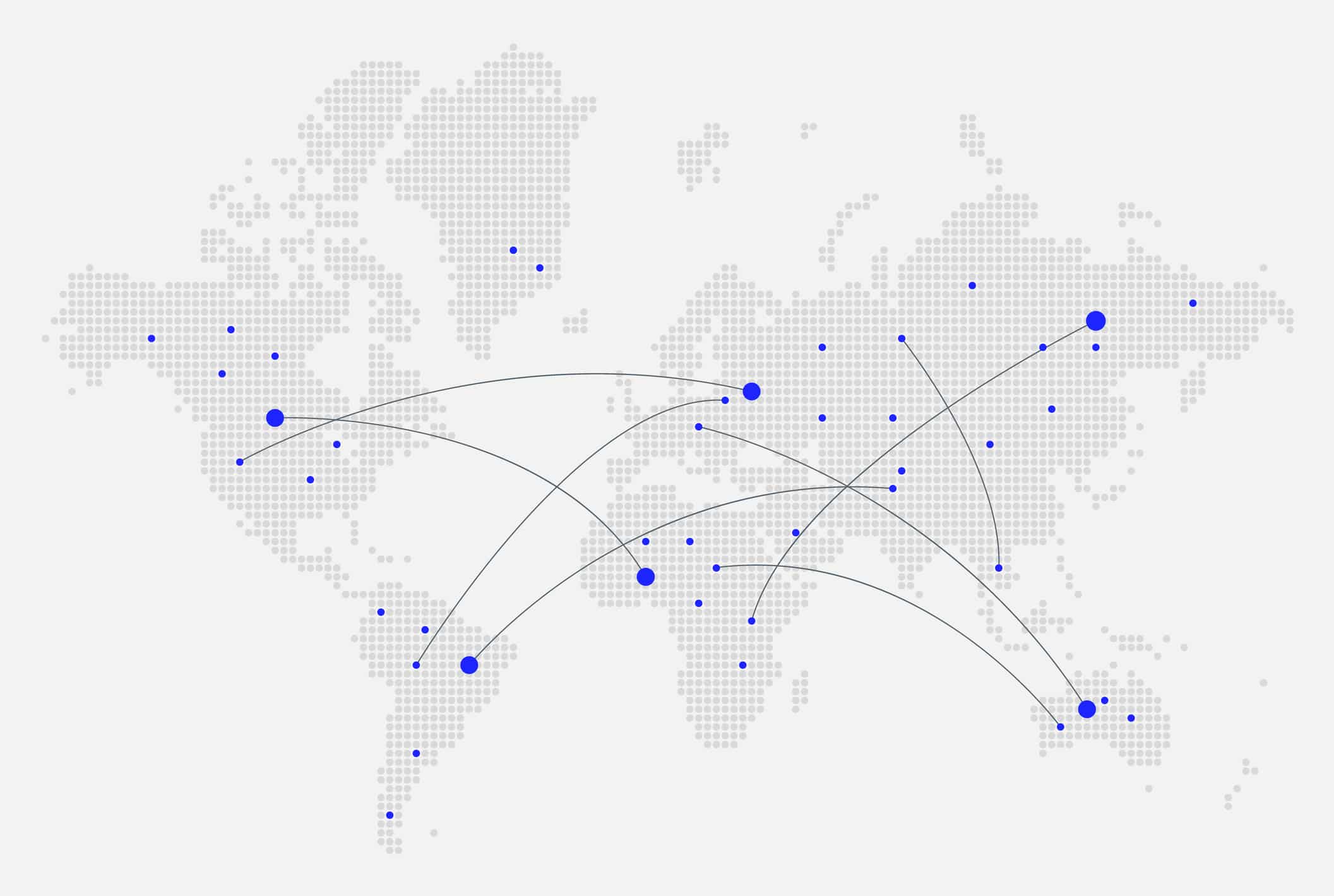Best Practices for Using Data to Optimize Your Supply Chain
Teresa Wingfield
April 25, 2023

When a company is data-driven, it makes strategic decisions based on data analysis and interpretation rather than mere intuition. A data-driven approach to supply chain management is the key to building a strong supply chain, one that’s efficient, resilient, and can easily adapt to changing business conditions.
How to Optimize Your Supply Chain:
1. Build a Data-Driven Culture
Transitioning to a data-driven approach requires a cultural change where leadership views data as valuable, creates greater awareness of what it means to be data-driven, and develops and communicates a well-defined strategy with buy-in from all levels of the organization.
2. Identify Priority Business Use Cases
The good news is that there are a lot of opportunities to use supply chain analytics to optimize your supply chain across sourcing, processing, and distribution of goods. But you’ll have to start somewhere and should prioritize opportunities that will generate the greatest benefits for your business and that are solvable with the types of data and skills available in your organization.
3. Define Success Criteria
After you’ve decided which use cases will add the most value, you’ll need to define what your business hopes to achieve and the key performance indicators (KPIs) you’ll use to continuously measure your progress. Your KPIs might track things such as manufacturing downtime, labor costs, and on-time delivery.
4. Invest in a Data Platform
You’ll need a solution that includes integration, management, and analytics and that supports real-time insights into what’s happening across your supply chain. The platform will also need to be highly scalable to accommodate what can be massive amounts of supply chain data.
5. Use Advanced Analytics
Artificial intelligence techniques such as machine learning power predictive analytics to identify patterns and trends in data. Insights help manufacturers optimize various aspects of the supply chain, including inventory levels, procurement, transportation routes, and many other activities. Artificial intelligence uncovers insights that can allow manufacturers to improve their bottom line and provide better customer service.
6. Collaborate With Suppliers and Partners
Sharing data and insights can help develop strategies aimed at improving supply chain efficiency and developing innovative products and services.
7. Train and Educate Employees
The more your teams know about advanced analytics techniques, especially artificial intelligence, and how to use and interpret data, the more value you can derive from your supply chain data. Plus, with demand for analytics skills far exceeding supply, manufacturers will need to make full use of the talent pool they already have.
Learn More
Hopefully, you’ve found these best practices for using data to optimize your supply chain useful and actionable. Here’s my recommended reading list if you’d like to learn more about data-driven business and technologies:
Subscribe to the Actian Blog
Subscribe to Actian’s blog to get data insights delivered right to you.
- Stay in the know – Get the latest in data analytics pushed directly to your inbox.
- Never miss a post – You’ll receive automatic email updates to let you know when new posts are live.
- It’s all up to you – Change your delivery preferences to suit your needs.
Subscribe
(i.e. sales@..., support@...)













